Indoor LED Display
Discover Chinastar LED’s full range of indoor fixed LED display products, designed for a variety of applications including commercials, stages, shops, TV studios, conference rooms, professional audio-visual installations, church LED screens and a variety of venues. Enhance your visual experience with Chinastar LED’s advanced indoor fixed LED displays.
Seek Solution?
Choose right LED display products for your projects
When it comes to advertising and entertainment, the indoor LED display screen stands out as the top choice for many. However, navigating the market to choose the right one at a reasonable price can be a challenge.
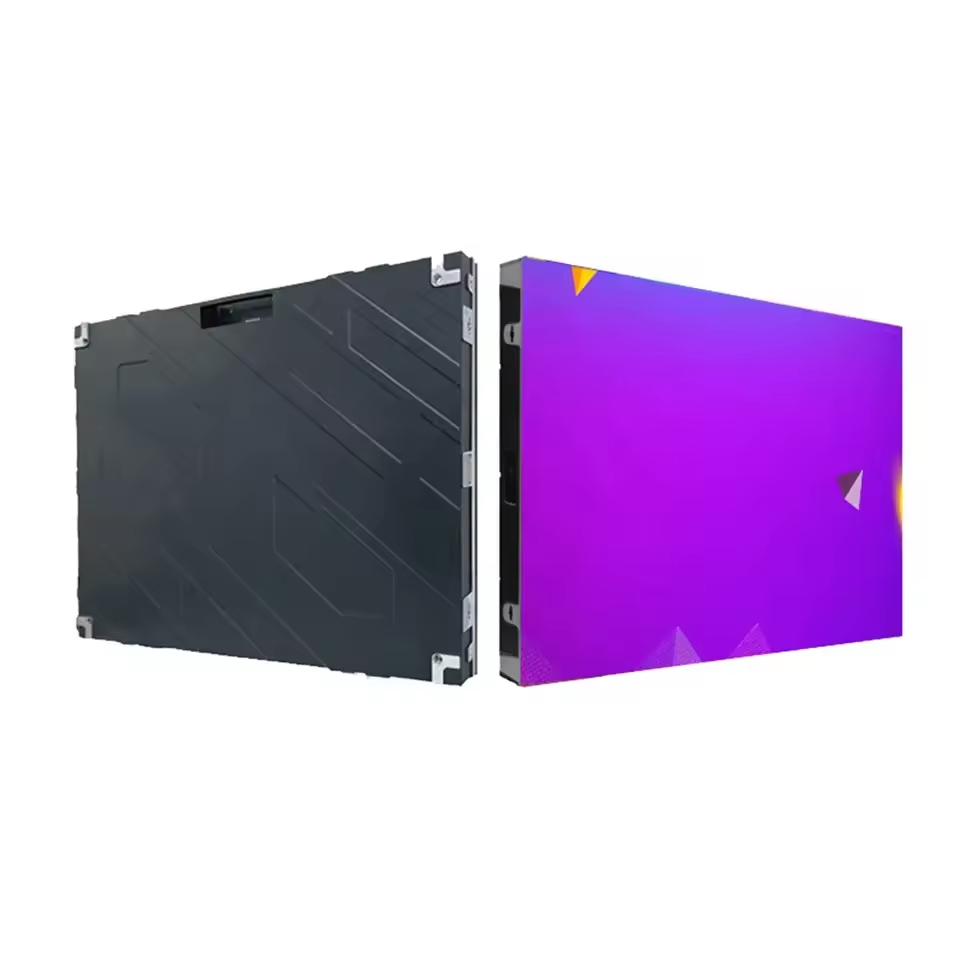
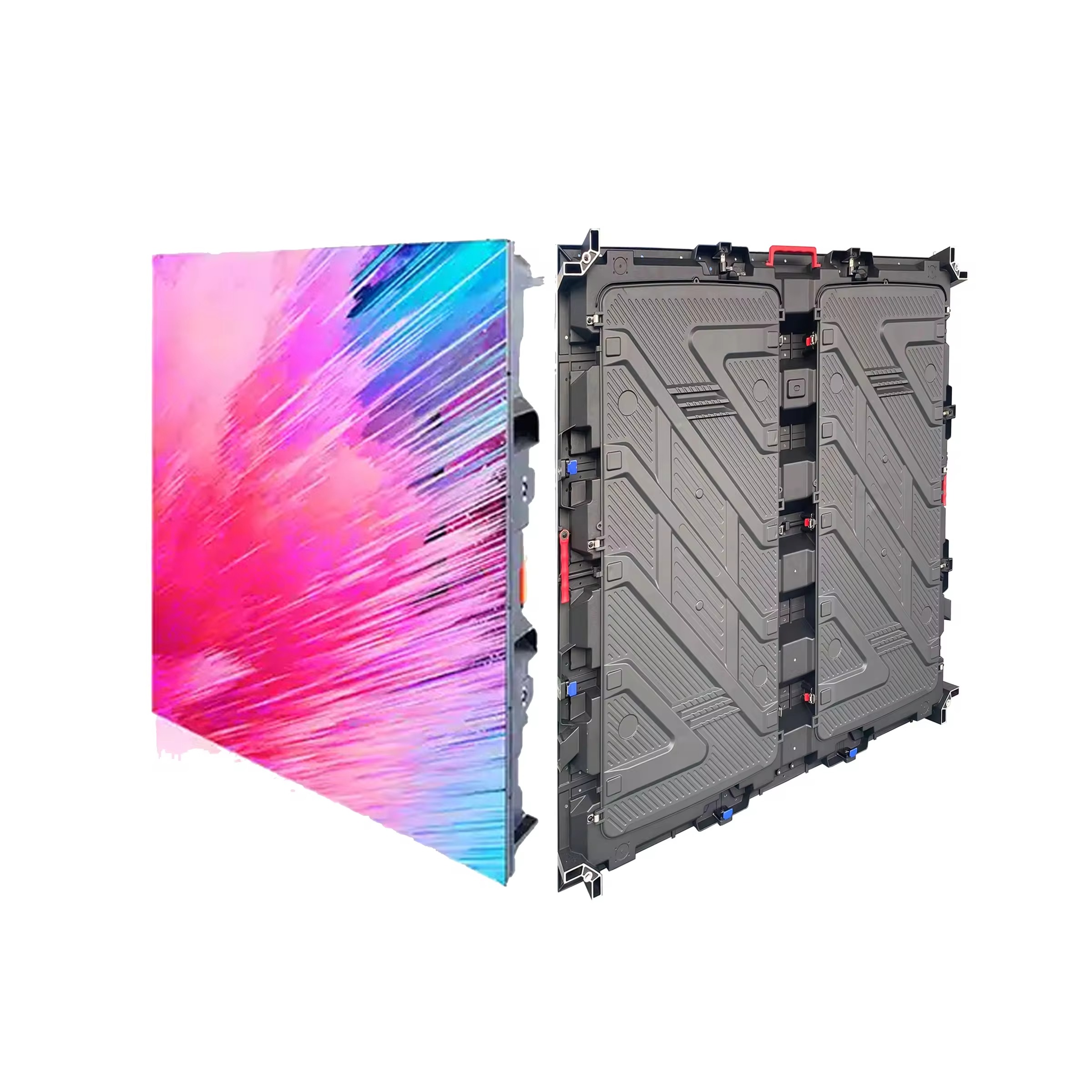

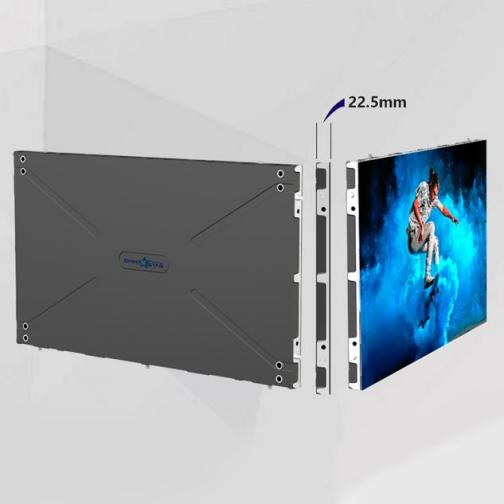
In this straightforward guide, I will walk you through crucial considerations before making your investment decision, covering fundamental definitions, features, and the pricing landscape of indoor LED displays. Make an informed choice for your visual solutions with this no-nonsense guide!
1.What is Indoor LED display??
2.What Is the Difference between Indoor and Outdoor LED Display?
3.What characteristics does an indoor LED display need to have?
4.Indoor LED Display Price
5.What scenarios can indoor LED displays be used for?
6.FAQ of Indoor Display Screen
7.Why Choose Chinastar Indoor LED Display?
8.Conclusion
1. What is Indoor LED display?
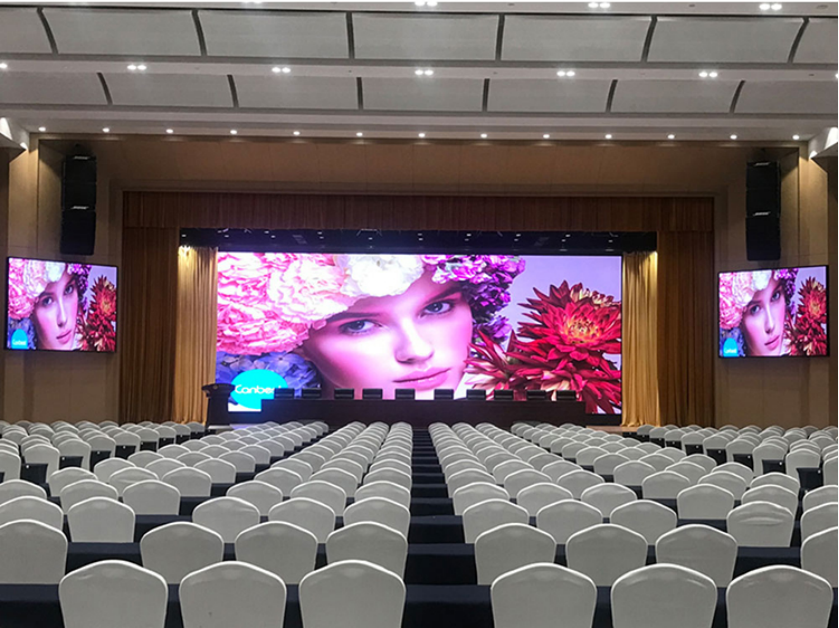
2. What Is the Difference between Indoor and Outdoor LED Display?
There are some obvious differences between indoor and outdoor LED displays in terms of design, features and applications. Here are their main differences:
1. Brightness and visibility:
Indoor LED display: Usually has higher brightness, but does not need to deal with strong sunlight. The design of indoor screens pays more attention to color reproduction and contrast.
Outdoor LED display: Must have higher brightness to cope with direct sunlight and various weather conditions to ensure that it is still clearly visible in outdoor environments.
2. Protective performance:
Indoor LED displays: Usually do not need to have strong protective performance because the indoor environment is relatively mild.
Outdoor LED display: It needs to be waterproof, dustproof, high temperature resistant and weatherproof to cope with various harsh weather conditions.
3. Structure and materials:
Indoor LED display: Pay more attention to appearance design and lightweight construction, usually using aluminum alloy or other lightweight materials.
Outdoor LED display: The structure is more solid, using anti-corrosion and weather-resistant materials, such as waterproof aluminum alloy casing.
- Color and grayscale:
Indoor LED display: Focus on color reproduction and higher gray levels to present more realistic and detailed images.
Outdoor LED display: When viewed from a distance, the color reproduction is relatively low, but higher brightness is required.
- Perspective requirements:
Indoor LED display: The viewing angle requirement is larger because the audience may view it from different angles.
Outdoor LED display: The viewing angle requirement is relatively small, but a certain viewing angle is required to ensure that the screen content can be seen clearly from different positions.
- Price and Cost:
Indoor LED displays: Typically relatively inexpensive because they don’t need to deal with extreme weather and protection requirements.
Outdoor LED display: The cost is higher because it requires a more durable and protective design
- Application scenarios:
Indoor LED display: used in commercial advertising, conference rooms, TV stations, schools, hospitals and other indoor places.
Outdoor LED display: used in billboards, stadiums, stations, squares and other outdoor places.
- Environmental adaptability:
Indoor LED display: The design considers the mild conditions of the indoor environment and does not need to deal with extreme weather.
Outdoor LED display: must adapt to various weather conditions, including rain and snow, high temperature, low temperature, etc.
3. What characteristics does an indoor LED display need to have?
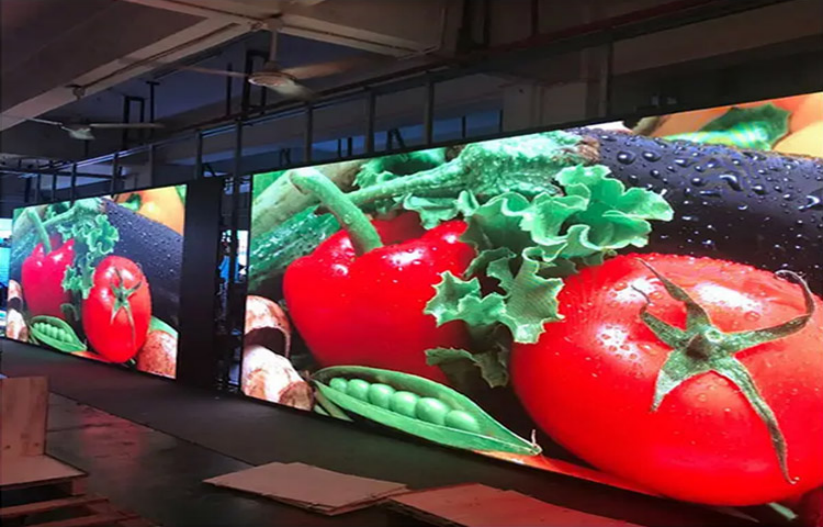
Indoor LED displays need to have the following main features:
- High brightness:Guaranteed enough brightness to clearly display images and videos in indoor environments. The high brightness allows the screen to perform well in a variety of indoor lighting conditions.
- High Resolution: Has enough pixel density to render clear and detailed images and text. High resolution is essential for displaying high-quality content.
- Excellent color restoration:Able to restore true, bright colors and provide a high-quality visual experience. Good color reproduction is crucial for advertising and image display.
- Wide viewing angle: It has a wide viewing angle range, ensuring that viewers can clearly see the content on the screen from different angles. This is very important for audience distribution in large indoor venues.
- High gray level:With high gray level, it can present richer color levels, especially suitable for displaying images and videos with rich details.
- Flexibility: Some indoor LED displays have curved, flexible designs that can adapt to different indoor spaces and design needs. This flexibility provides more creative presentation options.
- Easy maintenance: Modular design facilitates the replacement and maintenance of individual modules, helping to improve reliability and reduce maintenance costs.
- Energy saving and environmental protection:It has low energy consumption and long life, and meets the requirements of energy saving and environmental protection.
- Adapt to indoor environment:Durable, stable, and able to adapt to the temperature, humidity and other conditions of the indoor environment.
- Wide range of application scenarios:Suitable for commercial advertising, conference rooms, TV stations, shopping malls, schools, hospitals and other indoor places, providing efficient and eye-catching solutions for information transmission, advertising, entertainment, etc.
The above is a brief introduction to features of Indoor LED Display screens. Please contact us for more details!
4. Indoor LED Display Price
- What are the factors that affect the price of indoor LED displays?
The price of indoor LED displays is affected by many factors, some of the main factors include:
- Resolution: The higher the resolution, the more LED modules required for the display and the higher the cost. High resolution is typically used for scenes that require rich display details.
- Screen size: The physical size of the display will directly affect the number of LED modules required and thus the cost. Larger display sizes usually cost more.
- Brightness: High-brightness LEDs are usually more expensive. In scenes that require clear display in strong light environments, high-brightness LEDs are necessary, but they will also increase costs.
- Color restoration ability:LED displays that can accurately restore true colors are usually more expensive. For applications that require accurate color rendering, such as professional advertising and design, color reproduction capabilities are crucial.
- Refresh rate:A high refresh rate can provide smoother images and video playback, but may also increase costs.
- Grayscale:High grayscale means the display is capable of displaying richer color gradations. In applications where high-quality images and videos need to be displayed, high gray levels may be necessary, but may also increase the price.
- Display Technology:Different LED display technologies, such as SMD (surface mount technology) and DIP (dual in-line packaging technology), have different costs and performance.
- Screen Shape:Curved or flexible screen designs may increase manufacturing costs, but also provide more design flexibility.
- Brands and Manufacturers:Products from well-known brands and manufacturers with good manufacturing records usually cost relatively more. Brand reputation and after-sales service are also factors considered.
- Custom Requests:For special custom designs, shapes or features, additional engineering and manufacturing costs may be required, affecting the overall price.
When purchasing an LED display, you need to weigh these factors based on your specific application needs and budget.
- How to Calculate Indoor LED Display Screen Price?
To calculate the price of an indoor LED display screen, consider the following 5 key factors:
(1) Screen Size:
Begin by determining the size of your desired screen. Larger screens typically require more modules, affecting the overall cost.
(2) Installation Environment:
The installation environment influences the technical specifications of the screen. For example, if your display will be installed outdoors, an IP65 rating is essential for weather resistance.
(3) Viewing Distance:
The viewing distance is closely tied to pixel pitch. A shorter viewing distance necessitates a finer pixel pitch for optimal clarity.
(4) Control System:
Selecting the appropriate control system, including the sending card, receiving card, and video processor, depends on the specific size of your screen and the chosen control method.
(5) Packaging:
Consider the packaging method, whether it’s carton packing for modules or accessories, plywood case packing for fixed installations, or flight case packing for rental purposes.
By assessing these factors, you can derive a more accurate estimate of the cost associated with your indoor LED display screen, ensuring a tailored solution that aligns with your requirements and budget. To receive a customized quote tailored to your event needs, contact us today.
As an outstanding product of modern technology, indoor LED display screens have demonstrated strong application value in multiple scenarios. Its high brightness, high resolution and diverse features make it ideal for business, education, entertainment and other fields. The following are the detailed applications of indoor LED displays in different scenarios:
- Commercial Advertisement:
In commercial places such as shopping malls, department stores and specialty stores, indoor LED displays have become eye-catching advertising media. Its high definition and vivid colors effectively attract customers’ attention and display product information and promotions.

- Meetings and Presentations:
Conference rooms and training centers use in-house LED displays to display information, making meetings more interactive and attractive. In corporate presentation venues, it provides a clear and vivid platform for data analysis and graphic presentation.
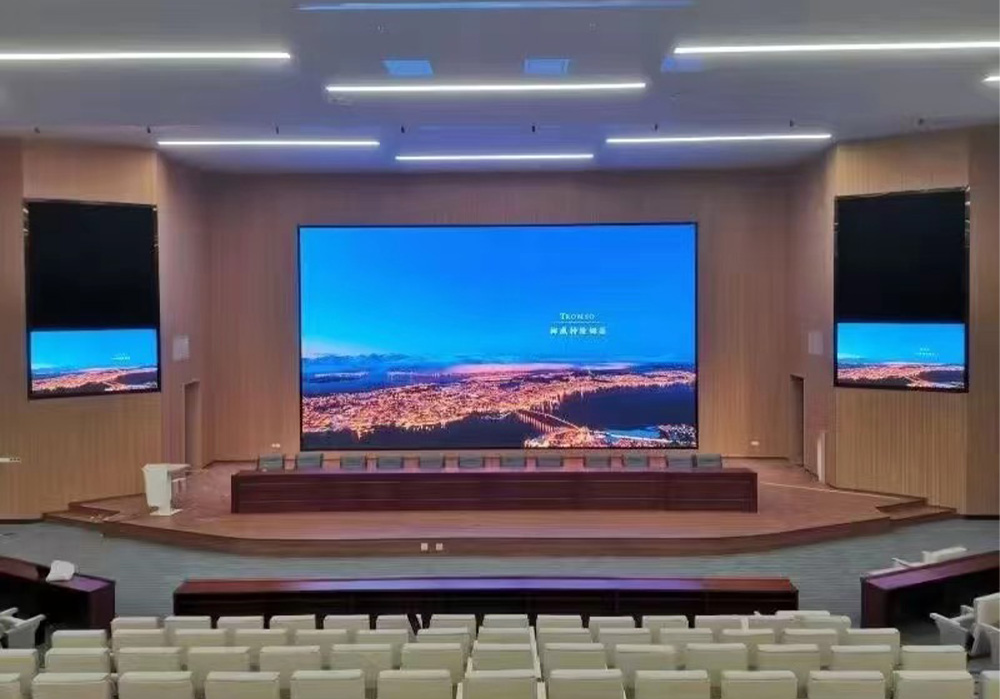
- Educational places:
In classrooms, libraries and other places in schools, universities and training institutions, indoor LED displays can be used to display educational content and provide a richer multimedia learning experience. It can become a powerful assistant in the teaching process and improve learning effects.
- Medical institutions:
Hospital lobbies, clinics and other places use indoor LED displays to broadcast health promotions and medical information to provide patients with a more friendly environment. It can also be used for real-time display of medical equipment to improve the efficiency of medical services.
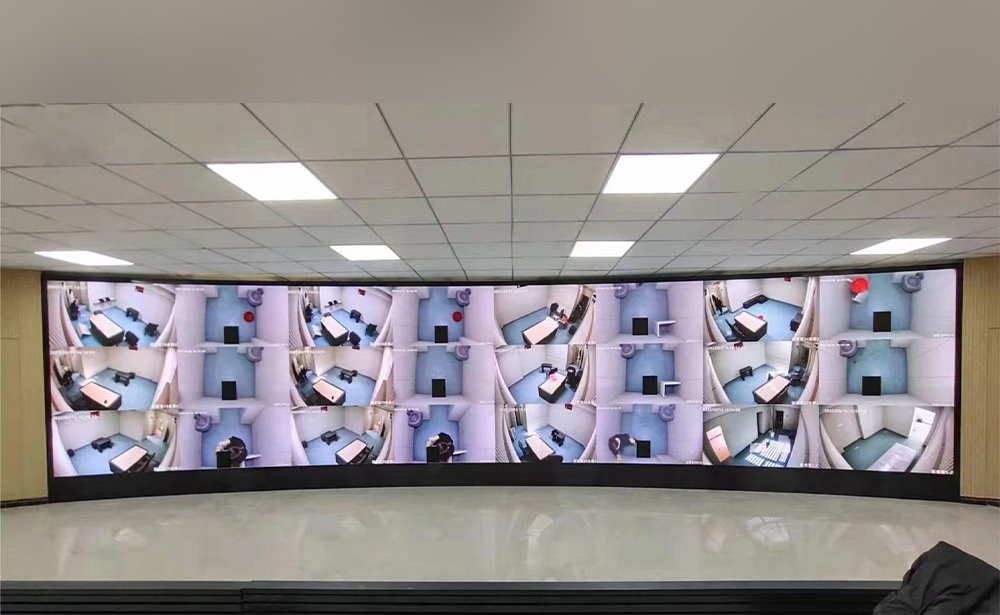
- Hotels and Restaurants:
Hotel lobbies, restaurants and other places use indoor LED displays to display welcome messages, menus and special offers to improve service levels. Its vivid images and clear text can attract customers and increase sales.
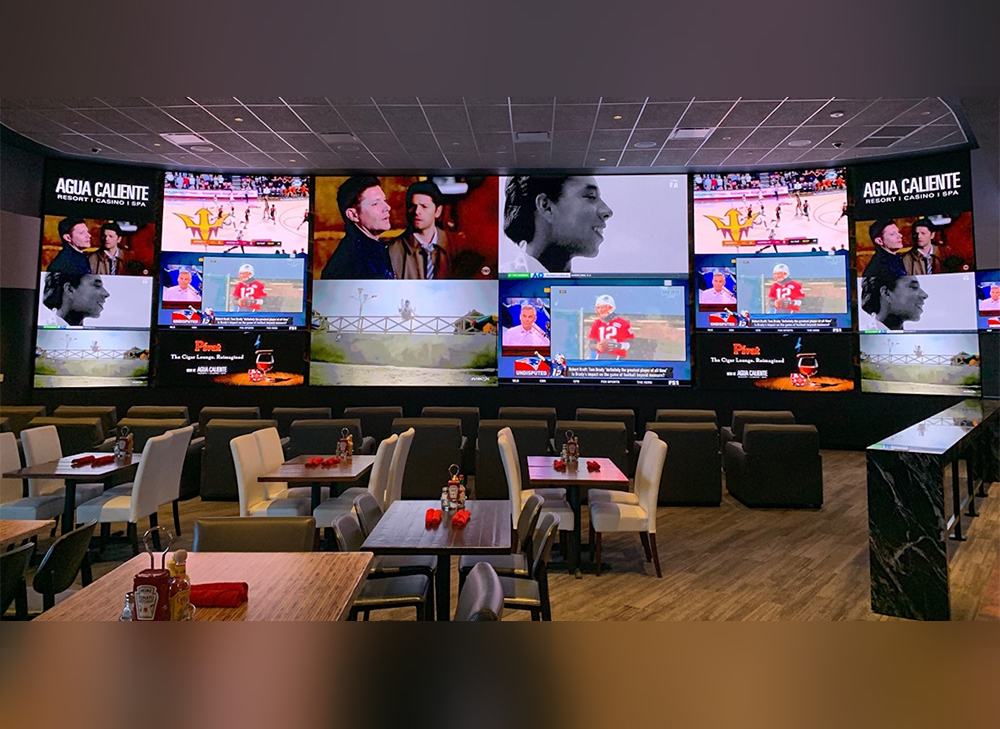
- Entertainment venues:
Cinemas, entertainment cities, amusement parks and other entertainment venues use in-house LED displays for movie previews and advertising, providing audiences with more shocking audio-visual enjoyment. Its high brightness and contrast ratio are particularly outstanding in dark environments.

- Financial institutions:
In financial institutions such as bank halls and securities trading halls, indoor LED displays are used to display financial market information and exchange rate data in real time to provide investors with accurate data support.
These scenarios are just the tip of the iceberg for indoor LED display applications. Its flexibility and versatility enable it to show a wide range of application prospects in different fields. If you are interested in indoor LED display, please feel free to leave a message for a detailed quote!
6. FAQ of Indoor Display Screen
(1) Reasonable Pixel Pitch for Indoor LED Screen:
The ideal pixel pitch depends on the desired viewing distance. Lower pixel pitch means LEDs are closer on the display, allowing for shorter acceptable viewing distances. Indoor LED displays typically have pixel pitches ranging from 4mm to 20mm. The optimal viewing distance is around 2-3 times the pixel pitch in meters, ensuring optimal detail perception.
(2) Size of Indoor LED Screens:
Indoor LED screens come in various sizes, with modular design enabling both small and large displays. While typically smaller than outdoor screens, indoor LED screens offer flexibility in size, catering to diverse applications.
(3) Differences Between LCD Display and LED Display:
One prominent distinction lies in the backlight. LED displays generate their own light, resulting in higher brightness levels compared to LCD displays. Additionally, modular LED displays can be combined to form larger screens, a flexibility often limited in LCD displays.
(4) The Important Parameters When Buying a LED Display Screen:
Key parameters include brightness, viewing distance, power consumption, and refresh rate. These factors collectively determine display quality and operational costs. Careful consideration of these parameters is crucial for achieving the desired display performance.
(5) How to Install Indoor LED Screen:
Installing an indoor LED screen is a straightforward process, offering two options – assembling the screen using LED display modules or cabinets. Connecting cables and modules/cabinets is easily achievable. Our professional staff is readily available to provide timely technical support throughout the installation process. The simplicity and efficiency of installation make indoor LED screens a user-friendly choice for various applications.
7. Why Choose Chinastar Indoor LED Display?

High quality LED parts
We have established close cooperation with suppliers such as Novastar, Kinglight, Nationstar, Colorlight, Meanwell, Macroblock, Mooncell etc. The industry’s first-class raw materials ensure that our products are stable and reliable.
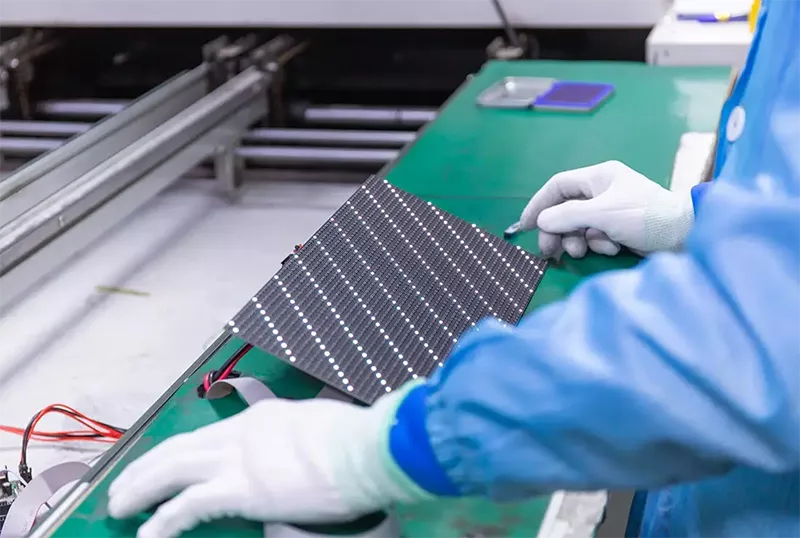
First-class workshop, professional workers
Chinastar has first-class automated production equipment, a set of efficient production lines, and professional workers. Our main engineer team have more than 10 years led industry experience and can offer you ODM&OEM and Projects Install service
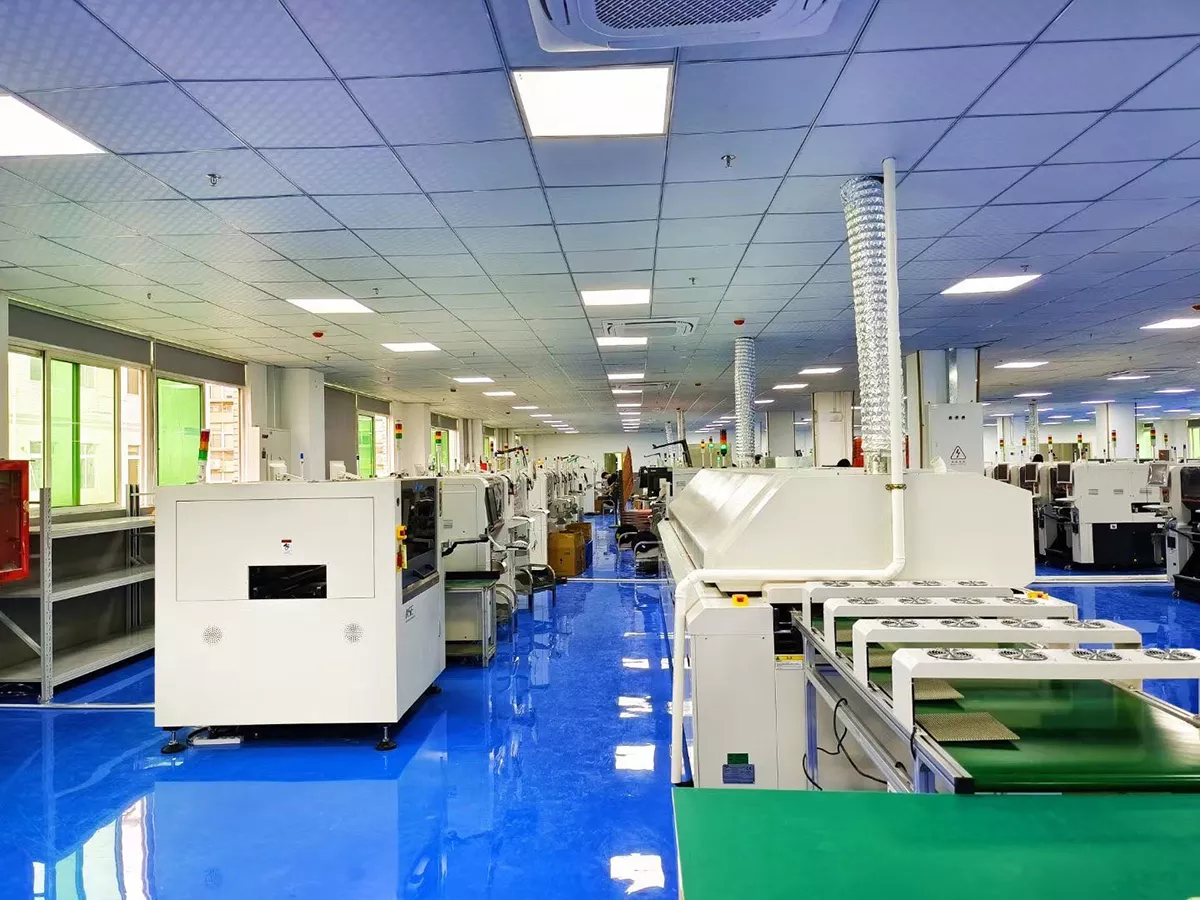
Fast delivery and sufficient production capacity
We have mature and efficient production lines that can produce high-quality LED displays with fast delivery, which is very important for LED display rental projects because many projects require timeliness.
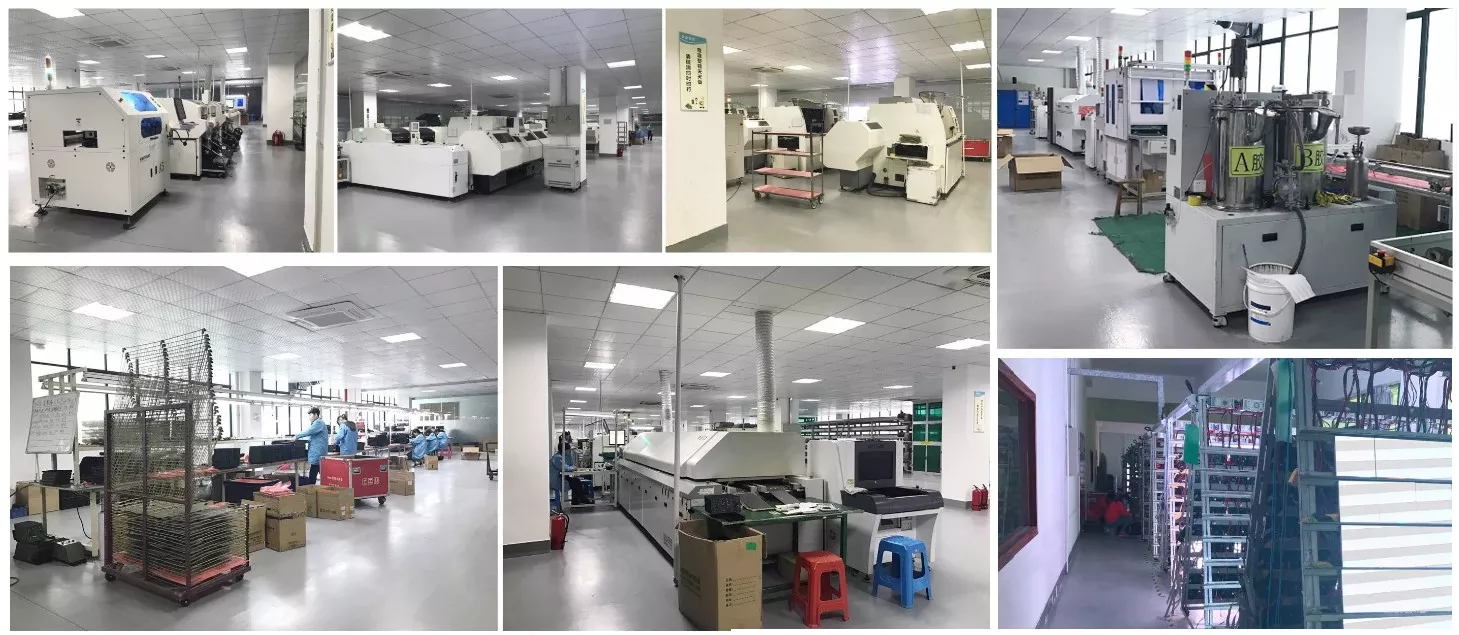
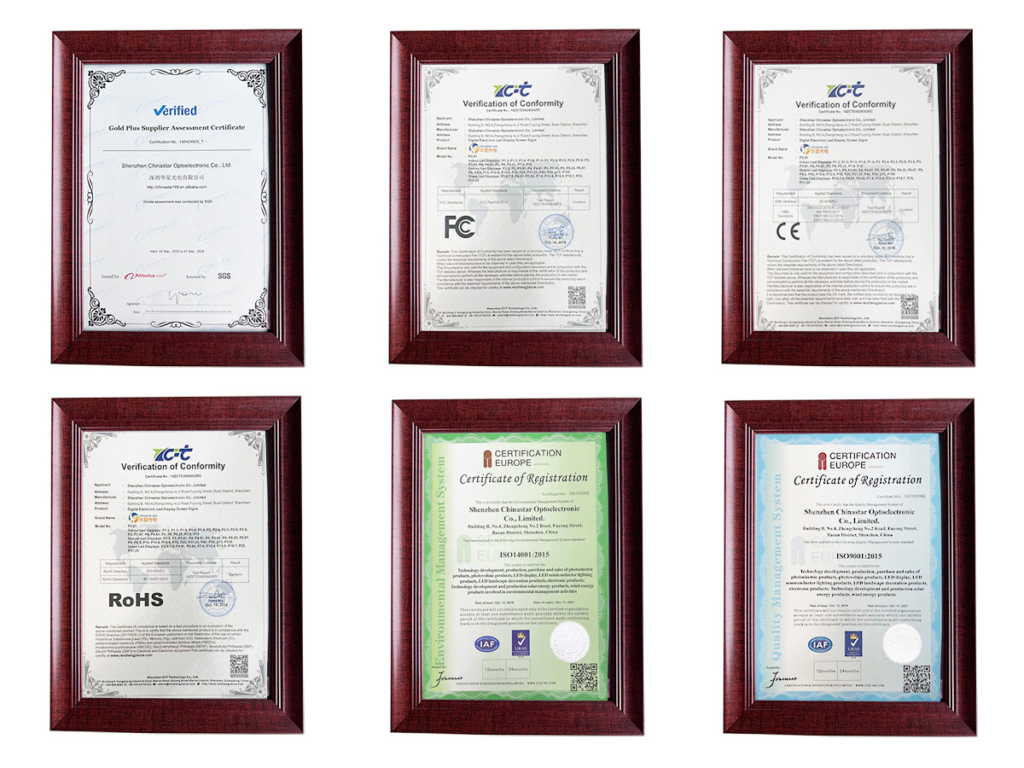
8. Conclusion
This article introduces you to indoor LED displays from many aspects, including basic definitions, prices, features, and application scenarios. I believe you will have a deeper understanding of indoor LED displays. Are you looking for more useful LED display knowledge or getting a reasonable quote? Please feel free to contact us to get your preferential quote!

Send Us An Message
High-quality products, superb technology


